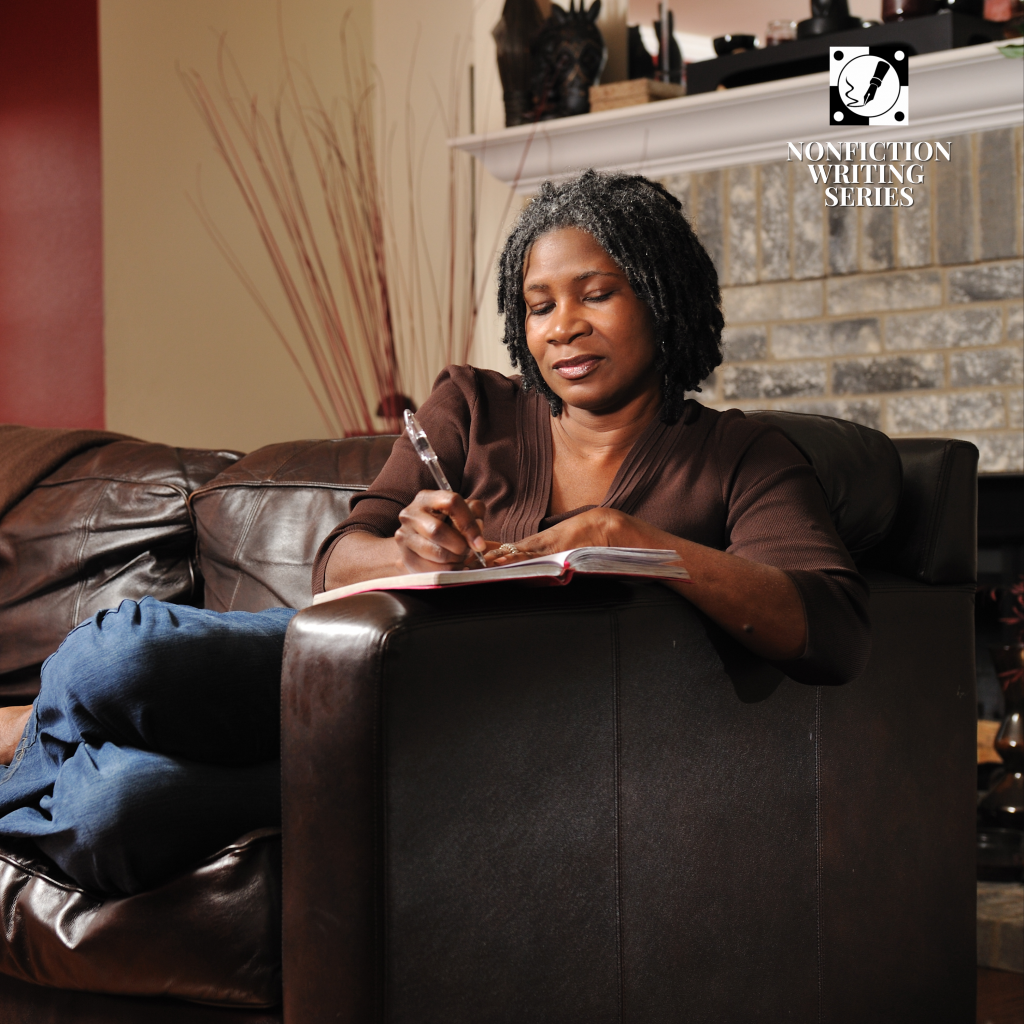Writing with the Senses: Bringing Memory to Life
2 min read
Memoir lives and dies in the details. Facts alone, such as dates, names, or locations, will not hold a reader’s attention. What brings a scene alive is the texture of experience. The creak of a floorboard at midnight. The sting of winter air against bare skin. The taste of salt on a tear. When you write with the senses, you transform memory into something the reader can feel.
Human memory is tied to sensation. A song can transport you to high school. The smell of frying onions can pull you back to your grandmother’s kitchen. The scratch of wool might remind you of a childhood coat. These are more than details. They are triggers that collapse time, bringing the past into the present.
In memoir, sensory detail is not decoration. It is the difference between telling a story and recreating an experience. Readers may forget facts you share, but they will remember how your scene made them feel.
The Five Doors into Memory
Each sense is a door into your past. Open them one at a time and see what emerges.
- Sight: What colors, shapes, or images define the moment? The green linoleum floor, the cracked photograph frame, the flash of police lights.
- Sound: The low hum of the refrigerator. The whistle of a kettle. The steady tap of rain against a window.
- Smell: The scent of chalk dust, cigarette smoke, or disinfectant. Smell is one of the most powerful triggers of memory.
- Taste: The sweetness of ice cream eaten too fast, the bitterness of coffee, the tang of blood from a bitten lip.
- Touch: The slick feel of mud, the rough texture of rope, the warmth of a hand gripping yours.
Even one well-chosen detail can carry a whole scene.
Writing Exercise
Take a memory you began earlier in this series. Rewrite the scene, focusing only on sensory detail. Aim for three concrete sensory images. Do not explain their meaning yet. Let the reader enter the scene through the senses first.
For example: instead of “I was nervous walking into the room,” write: My palms slicked with sweat. The fluorescent lights buzzed overhead. Every chair scraped against the floor as I passed. The nerves are felt without being named.
By layering sight, sound, smell, taste, and touch into your writing, you allow your readers to experience your story alongside you. When you write with the senses, memory becomes more than recollection. It becomes life on the page.








